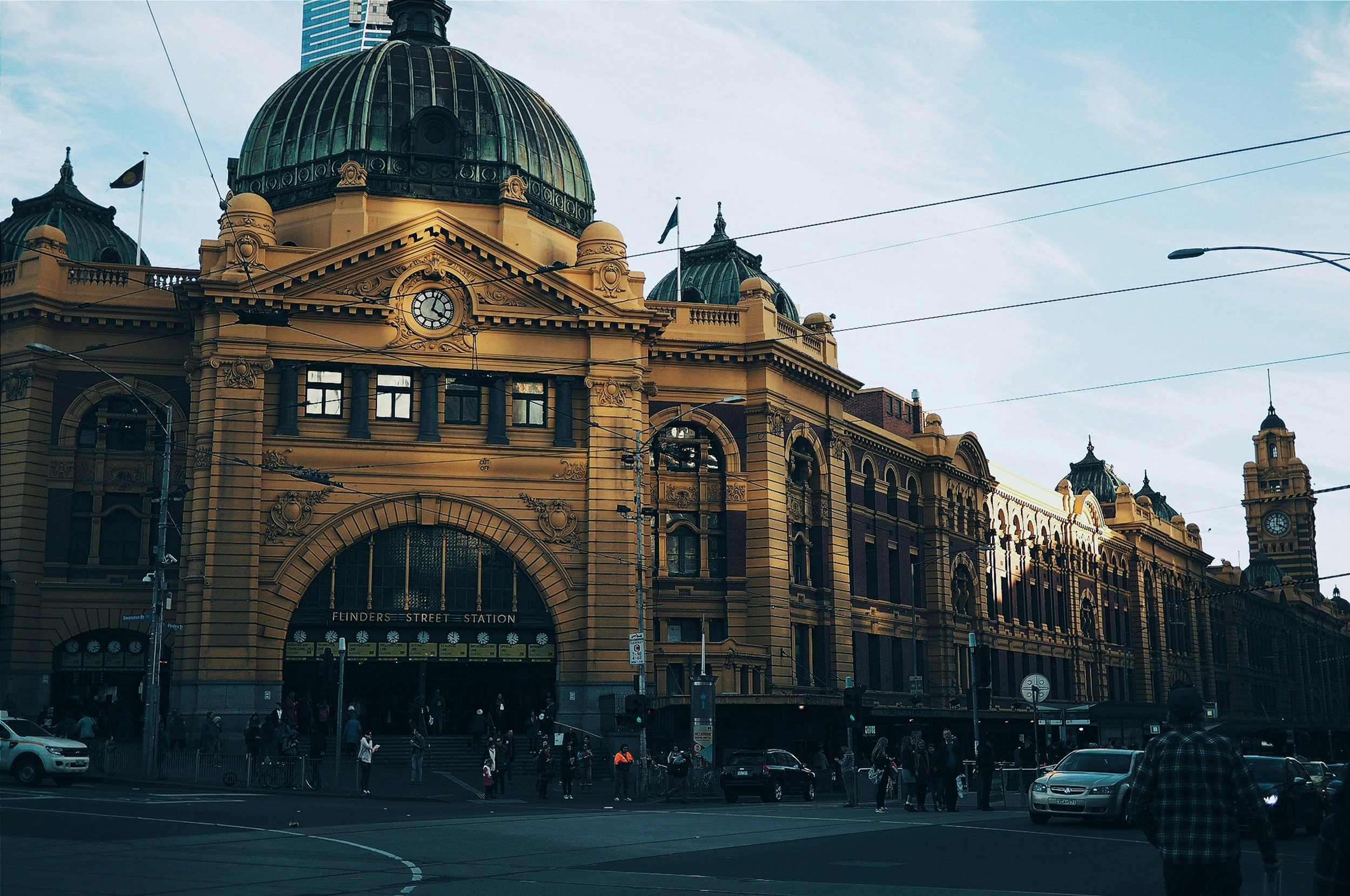
Middle East Tensions May Trigger Transport Shift
As the world watches the US-Iran situation with concern, the ripple effect from these events are reaching global oil supply chains – and exposing their fragility.
If Iran closes the Strait of Hormuz as it is considering , it would restrict the global oil trade and trigger energy chaos.
Petrol in some Australian cities could hit A$2.50 a litre according to some economists. As global instability worsens, other experts warn price spikes are increasingly likely.
What would happen next? There is a precedent: the oil shocks of the 1970s, where oil prices quadrupled . The shock drove rapid change, from more efficient cars to sudden interest in alternative energy sources. This time, motorists would likely switch to electric vehicles.
If this crisis continues or if another one flares up, it could mark a turning point in Australia’s long dependence on foreign oil.
Australia currently imports 80% of its liquid fuels , the highest level on record. If the flow of oil stopped, we would have about 50 days worth in storage before we ran out.
Our cars, buses, trucks and planes run overwhelmingly on petrol and diesel. Almost three-quarters (74%) of these liquid fuels are used in transport, with road transport accounting for more than half (54%) of all liquid fuels. Australia is highly exposed to global supply shocks.
The best available option to reduce dependence on oil imports is to electrify transport .
EV uptake in Australia continues to lag behind global leaders. In 2024, EVs accounted for 9.65% of new car sales in Australia, up from 8.45% in 2023.
In the first quarter of 2025, EVs were 6.3% of new car sales, a decline from 7.4% in the final quarter of 2024.
Norway remains the global leader, with battery-electric passenger cars making up 88.9% of sales in 2024. The United Kingdom also saw significant growth – EVs hit almost 20% of new car registrations in 2024.
In China, EVs made up 40.9% of new car sales in 2024. The 12.87 million cars sold represent three-quarters of total EV sales worldwide.
One reason for Australia’s sluggishness is a lack of reliable public chargers . While charging infrastructure is expanding, large parts of regional Australia still lack reliable access to EV charging .
Until recently, Australia’s fuel efficiency standards were among the weakest in the OECD. Earlier this year, the government’s new standards came into force. These are expected to boost EV uptake.
If history is any guide , oil shocks lead to long-term change.
The 1970s oil shocks triggered waves of energy reform .
When global oil prices quadrupled in 1973-74, many nations were forced to reconsider where they got their energy. A few years later, the 1979 Iranian Revolution caused another major supply disruption , sending oil prices soaring and pushing much of the world into recession.
These shocks drove the formation of the International Energy Agency in 1974, spurred alternative energy investment and led to advances in fuel-efficiency standards .
Much more recently, Russia’s invasion of Ukraine pushed the European Union to face up to its reliance on Russian gas and find alternatives by importing gas from different countries and accelerating the clean energy shift.
Clearly, energy shocks can be catalysts for long-term structural change in how we produce and consume energy.
The new crisis could do the same, but only if policy catches up.
If fuel prices shot up and stayed there, consumer behaviour would begin to shift. People would drive less and seek alternate forms of transport. Over time, more would look for better ways to get around.
But without stronger support such as incentives , infrastructure and fuel security planning , shifting consumer preferences could be too slow to matter.
Cutting oil dependency through electrification isn’t just good for the climate. It’s also a hedge against future price shocks and supply disruptions.
Transport is now Australia’s third-largest source of greenhouse gas emissions. Now that emissions are falling in the electricity sector, transport will be the highest emitting sector emissions source as soon as 2030 .
Building a cleaner transport system also means building a more resilient one. Charging EVs on locally produced renewable power cuts our exposure to global oil markets. So do biofuels , better public transport and smarter urban planning .
Improving domestic energy resilience isn’t just about climate targets. It’s about economic stability and national security . Clean local energy sources reduce vulnerability to events beyond our control.
China offers a compelling case study. The nation of 1.4 billion faces real oil security challenges. In response, Beijing has spent the past decade building a domestic clean energy ecosystem to reduce oil dependency and cut emissions .
This is now bearing fruit. Last year, China’s oil imports had the first sustained fall in nearly two decades. Crude oil imports fell 1.5% , while oil refinery activity also fell due to lower demand.
China’s green energy transition was driven by coordinated policy , industrial investment and public support for clean transport.
China’s rapid shift to EVs and clean energy shows how long-term planning and targeted investment can pay off on climate and energy security.
The rolling crises of 2025 present Australian policymakers a rare alignment of interests. What’s good for the climate, for consumers and for national security may now be the same thing.
Real change will require more than sustained high petrol prices. It demands political will, targeted investment and a long-term vision for clean, resilient transport .
Doing nothing has a real cost – not just in what we pay at the service station, but in how vulnerable we remain to events a long way away.
Hussein Dia receives funding from the Australian Research Council, the iMOVE Australia Cooperative Research Centre, Transport for New South Wales, Queensland Department of Transport and Main Roads, Victorian Department of Transport and Planning, and Department of Infrastructure, Transport, Regional Development, Communications and the Arts.


